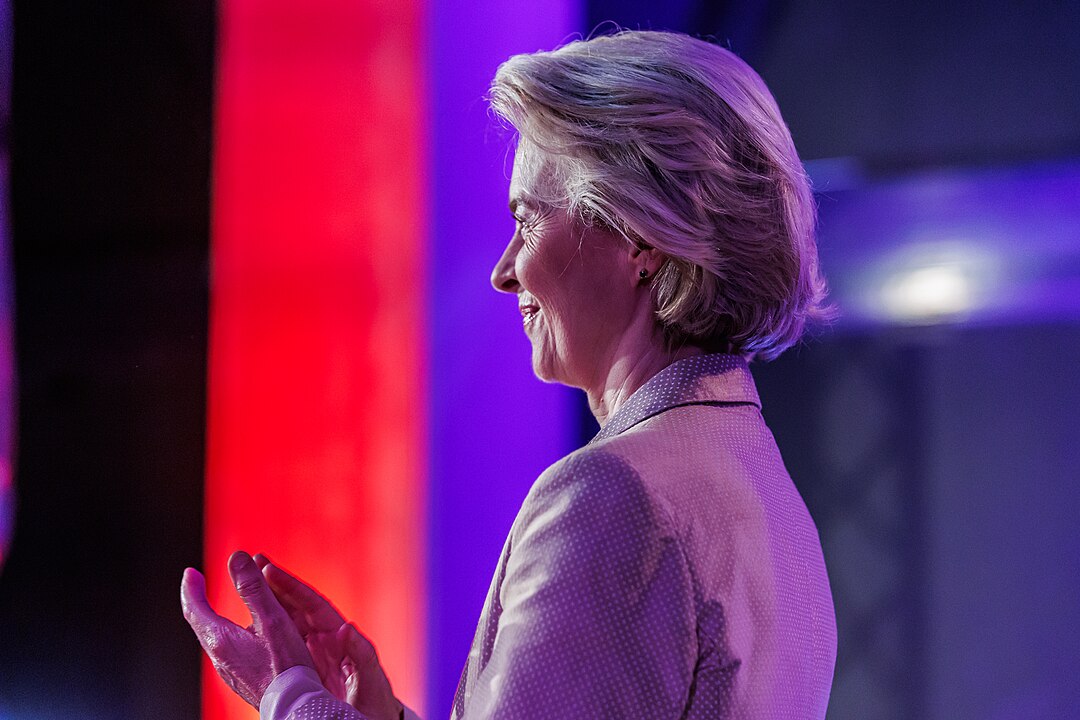EU predicts Ukraine’s financial deficit: what will the “reparations loan” from Russian assets change?
17 November 20:48
The European Commission is including in its financial planning for 2026-2027 a scenario in which Russia’s war against Ukraine ends at the end of 2026. This is evidenced by a letter from European Commission President Ursula von der Leyen to EU leaders dated November 17, euronews reports , "Komersant Ukrainian".
According to Brussels, even with the end of the conflict and the already promised support from the EU, member states and international partners, Ukraine will face a “massive funding gap” that cannot be overcome without a new aid package.
Four fundamental requirements for future support
Von der Leyen outlined four fundamental requirements for future support: rapid availability of funds with the first disbursements starting in the second quarter of 2026; no additional fiscal burden on Ukraine; flexible funding to respond to changing needs; and fair cost-sharing among the EU’s international partners.
In particular, the European Commission predicts that in 2026, Ukraine will need more than €71 billion in external financing, of which more than €51 billion will be spent on military needs.
One of the key instruments of the aid being discussed is the so-called “reparations loan” based on frozen Russian assets. The idea is to use these funds to cover part of Ukraine’s financial needs. However, the plan has stalled due to reservations from Belgium, where most of the Russian assets are kept, about possible legal consequences.
Nevertheless, the EU assures that the issue of a “reparations loan” will remain on the agenda, and a final decision should be made in December 2025. At the same time, the role of other EU countries in providing the necessary funds and mechanisms for the rapid distribution of aid are being discussed.
Financial forecasts and the preparation of new aid demonstrate that the EU views support for Ukraine not only as a short-term but also as a strategic task for the entire period after the war. At the same time, uncertainty about the duration of the conflict, as well as legal and political obstacles, including those related to Russian assets, make planning a complex and dynamic process.









